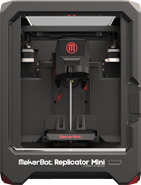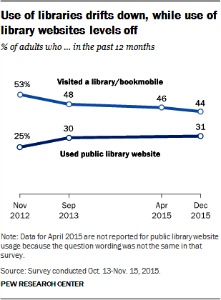3D printing of medical devices is becoming more commonplace in biomedical sciences. There has not been any official set of guidelines from the U.S. Food and Drug Administration (FDA), however. As a result of this increase in 3D printing, the FDA just issued a draft guidance for 3D-printed medical devices (or additive manufactured [AM] devices). The FDA has so far approved nearly 100 applications for lower-risk 3D printed medical devices, but the organization is seeking to make the application process more efficient. How will this affect physicians who wish to 3D-print a medical device in his or her own workplace?

The draft guidance stems from a 2014 public workshop and was created to help medical device manufacturers follow the FDA’s views on 3D printing. The FDA’s guidance for manufacturers “outline[s] technical considerations associated with AM processes, and recommendations for testing and characterization for devices that include at least one AM fabrication step.” It outlines how manufacturers need to think about device design, the effects of imaging (MRIs, CT scans, etc.), software workflow, material controls, post-processing validation of the biomedical devices, quality control and testing, and cleaning and sterilization procedures.
Continue reading
